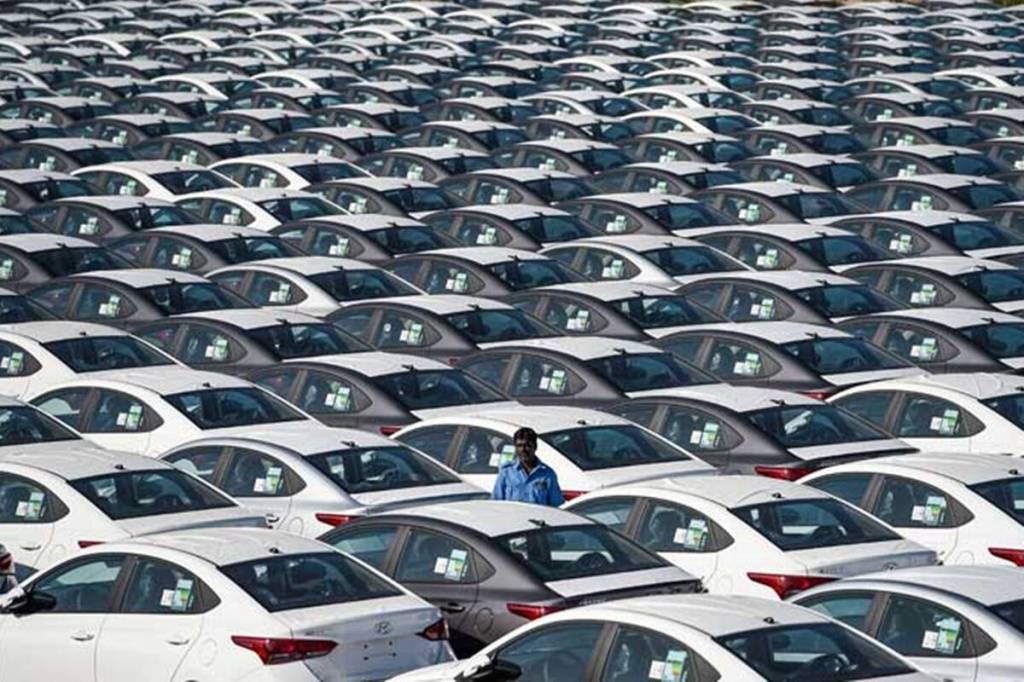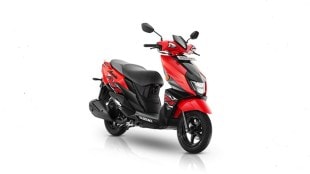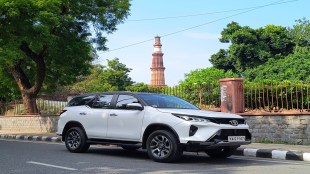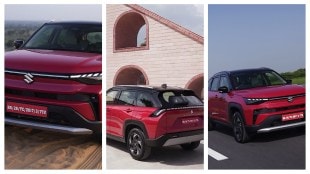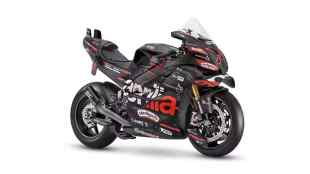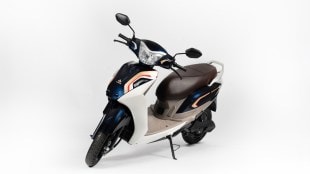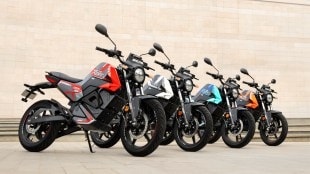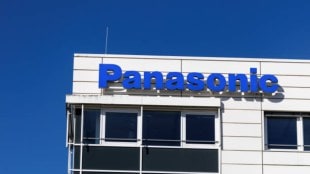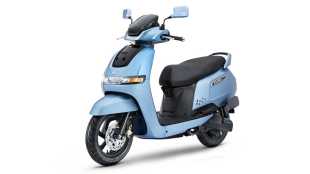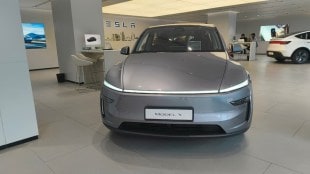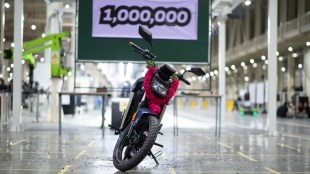Going by the auto sales in the first six months of the calendar year 2021, auto analysts forecast that the passenger vehicle segment could touch the CY19 levels by the end of this year. Even if that happens, it would not be right to say that the PV sales have returned to health as CY19 wasn’t a great year for the industry — PV sales during that year had declined 12% to 29,36,839 units, from the all-time high of 33,49,386 units in CY18.
Despite PV sales plummeting to just 88,045 units in May 2021 due to the Covid-19 second wave, the overall January-June 2021 sales were 14,30,184 units, just a lakh units less than 15,28,233 units sold in January-June 2019. Som Kapoor, partner, automotive sector, EY India, told FE that he is cautiously optimistic whether or not PV sales can match CY19 levels. “The optimism stems from the fact that CY19 sales were low. Also, there is some pent-up demand right now, especially in urban markets, and so matching 2019 levels may not be difficult,” he said.
“But I am also cautious because the Covid-19 second wave has hit closer to home, and many households ended up spending a lot of healthcare, so the willingness to spend on discretionary items such as PVs is lesser this year. On top of that, people are anticipating a third wave. Instead of buying a car, they may want to save cash.”
The PV sales forecast trend for CY21 by IHS Markit points to the fact that in July-December 2021 PV sales could beat 2019 levels.
Gaurav Vangaal, associate director, IHS Markit, said, “While trends indicate that H2CY21 sales would be better than both in 2020 and 2019, the global semiconductor shortage could be a challenge to the supply side, and the possible third wave could be a risk to the demand side.”However, Preetam Mohan Singh, senior vice-president, automotive, Praxis Global Alliance, said reaching H2CY19 sales figures may be difficult in H2CY21. He substantiated his argument with four pointers.
“First, introduction of BS-VI norms led to an increase in average prices of almost all PV models, and the overall buyer sentiment this time is not as high as it was in CY19. Second, the global chip shortage has impacted supply chains of large OEMs — the supply and demand constraint and mismatch are present in the market. Third, petrol prices are at an all-time high, leading to unfavourable customer sentiment. Fourth, especially entry-level car customers are more aligned towards buying used cars. The recent growth of various auto-tech players in the used car market has led to better market share for organised players.”
Saket Mehra, partner, Grant Thornton Bharat, added that the sales trend from April-June 2021 (6,46,272 units) saw a 9.32% decline as compared to April-June 2019 (7,12,684 units). “For now, with deeper penetration of the second wave, the industry is facing near-term supply disruptions. Both vehicle and fuel prices are at highest levels, and most buyers’ disposable incomes are low. If we look at June 2021, PV sales rose by 119.31% to 2,31,633 units from 1,05,617 units in the year-ago period. Considering that incomes of the urban upper middle class have not been much impacted by the second wave, new expected launches and shift in preferences towards utility vehicles, we expect PV volumes to be closer to 8 lakh units per quarter in the rest of FY22.
”Then there is the monsoon factor as well. While the monsoon rainfall has improved in the last week — earlier it was 5% deficit, but now it is 1% deficit — Madan Sabnavis, chief economist at CARE Ratings, told FE that kharif sowing has taken a hit this year. “As the monsoon becomes normal, there could be a recovery in sowing and acreage of certain crops, but I am sceptical whether or not there will be pent-up demand for PVs in rural India (like it was in CY20),” he said.
“The Covid-19 second wave has hit rural India hard and many households ended up spending a lot of healthcare, so the willingness to spend on discretionary items is lesser this year — demand from rural India will be there, but it won’t be substantial to drive the overall PV segment. Automakers will have to bet more on urban markets for demand raise.”
